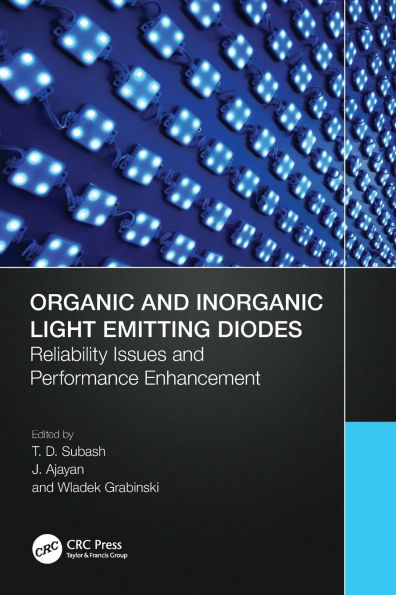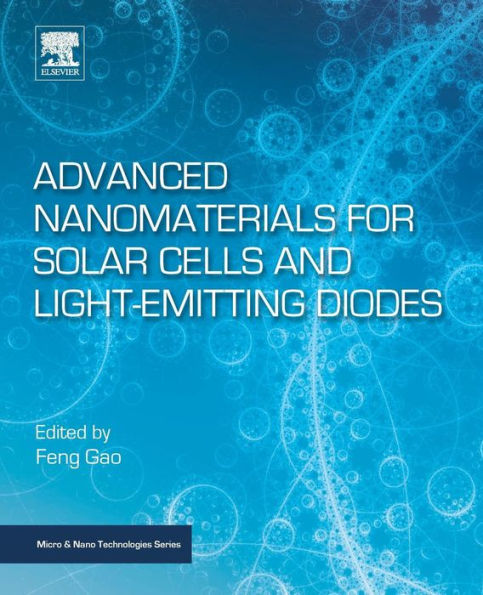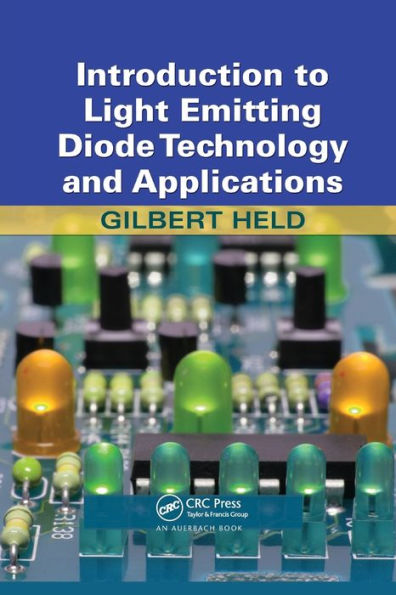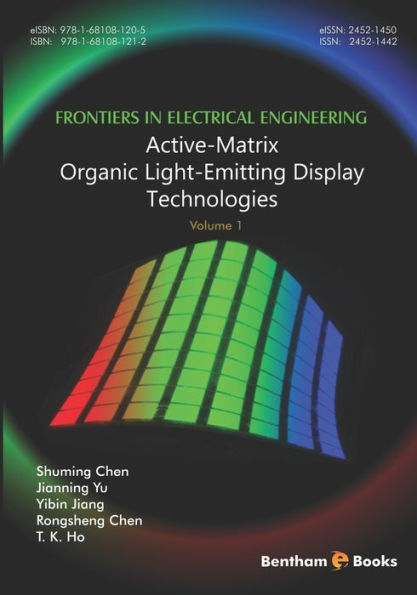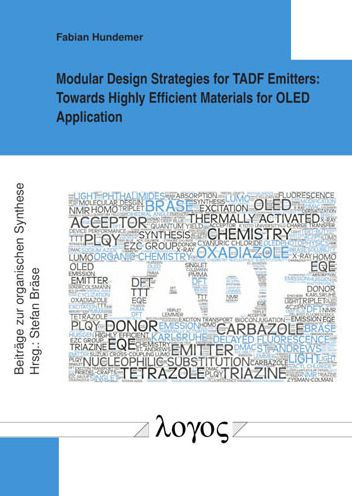Home
Organic Light Emitting Diode (OLED) Toward Smart Lighting and Displays Technologies: Material Design Strategies, Challenges Future Perspectives
Barnes and Noble
Organic Light Emitting Diode (OLED) Toward Smart Lighting and Displays Technologies: Material Design Strategies, Challenges Future Perspectives
Current price: $160.00
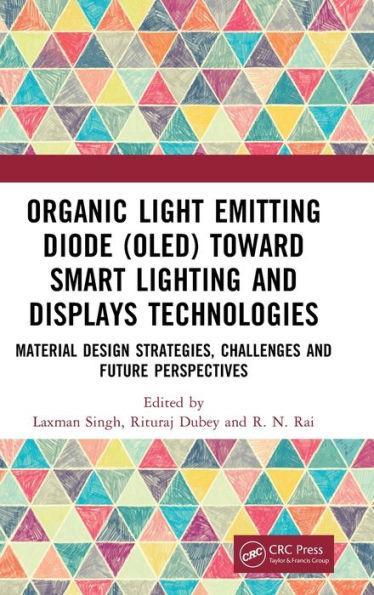

Barnes and Noble
Organic Light Emitting Diode (OLED) Toward Smart Lighting and Displays Technologies: Material Design Strategies, Challenges Future Perspectives
Current price: $160.00
Size: Hardcover
Loading Inventory...
*Product information may vary - to confirm product availability, pricing, shipping and return information please contact Barnes and Noble
The book
Organic Light Emitting Diode (OLED) Toward Smart Lighting and Displays Technologies,
edited by Laxman Singh, Rituraj Dubey, and Prof. R. N. Rai, strives to address the multiple aspects of OLEDs and their applications in developing smart lightings and displays. OLEDs have been used in almost all kinds of digital displays like those of mobile phones, laptops, tablets, phablets, TVs, etc., due to their outstanding features, including superior color quality, low cost, wide viewing angle, easy fabrication, mercury-free manufacture, tenability, stretchability, flexibility, etc. Investigations related to the synthesis of new organic materials and fabrication techniques have inspired us to write this book, which will fulfil the desire and thirst of OLEDs-based researchers.
Features
Nanolithographic techniques used and the challenges involved
Printing technology for fabrication
Designing of hybrid perovskites
Stretchable and flexible materials used
Metal–dielectric composites and efficiency of organic semiconductor via molecular doping for OLEDs applications
Organic small molecule materials and display technologies involved
New generation of organic materials with respect to photophysical approach
Mixed valence π-conjugated coordination polymers used
Electroluminescent polymer used
Blue fluorescent and phosphorescent organic materials used
In comparison to other books available related to similar topics, this book aims at those audiences who are looking for a single source for a comprehensive understanding of strategies and their challenges with respect to material fabrication of OLEDs. This book covers the pace and productivity at a uniform level in each chapter with respect to the audiences, from doctoral student to postdoctoral researchers or from postdoctoral researchers to multidisciplinary field researchers with a background in physics, chemistry, materials science, and engineering, who are already working with organic materials and their applications.
Organic Light Emitting Diode (OLED) Toward Smart Lighting and Displays Technologies,
edited by Laxman Singh, Rituraj Dubey, and Prof. R. N. Rai, strives to address the multiple aspects of OLEDs and their applications in developing smart lightings and displays. OLEDs have been used in almost all kinds of digital displays like those of mobile phones, laptops, tablets, phablets, TVs, etc., due to their outstanding features, including superior color quality, low cost, wide viewing angle, easy fabrication, mercury-free manufacture, tenability, stretchability, flexibility, etc. Investigations related to the synthesis of new organic materials and fabrication techniques have inspired us to write this book, which will fulfil the desire and thirst of OLEDs-based researchers.
Features
Nanolithographic techniques used and the challenges involved
Printing technology for fabrication
Designing of hybrid perovskites
Stretchable and flexible materials used
Metal–dielectric composites and efficiency of organic semiconductor via molecular doping for OLEDs applications
Organic small molecule materials and display technologies involved
New generation of organic materials with respect to photophysical approach
Mixed valence π-conjugated coordination polymers used
Electroluminescent polymer used
Blue fluorescent and phosphorescent organic materials used
In comparison to other books available related to similar topics, this book aims at those audiences who are looking for a single source for a comprehensive understanding of strategies and their challenges with respect to material fabrication of OLEDs. This book covers the pace and productivity at a uniform level in each chapter with respect to the audiences, from doctoral student to postdoctoral researchers or from postdoctoral researchers to multidisciplinary field researchers with a background in physics, chemistry, materials science, and engineering, who are already working with organic materials and their applications.
